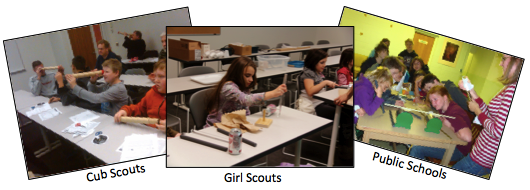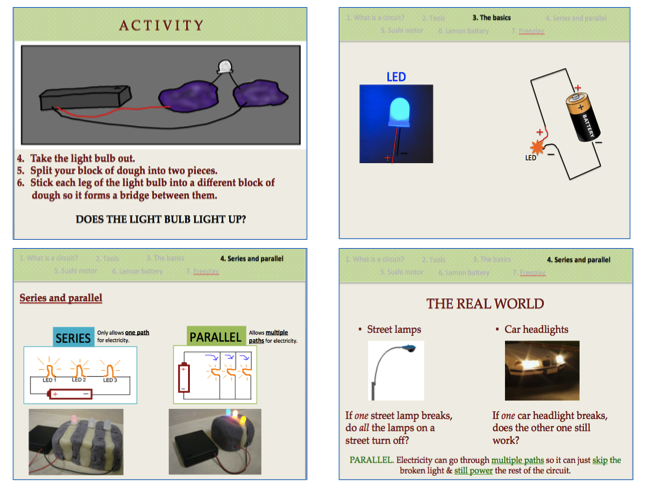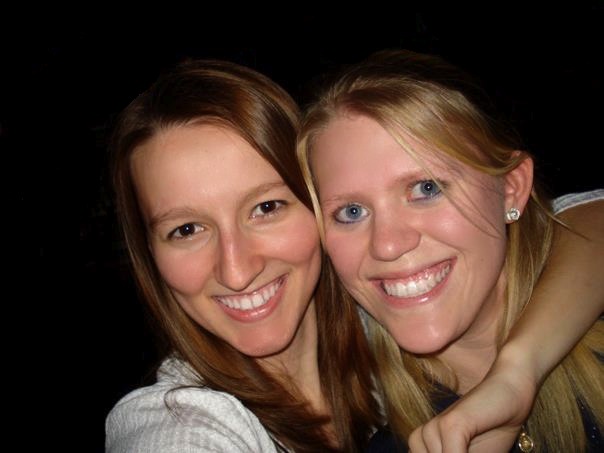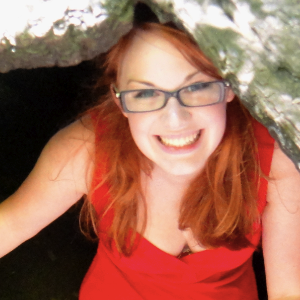
The SEPPO program pairs undergraduate science majors and education majors in performing science outreach activities. Both bring unique experiences and perspectives to the partnership that the other often does not have. Science students receive rigorous mathematical and scientific training. They are likely to be comfortable with complex science and understand the scientific process and they are well-prepared to deal with questions about science in general. Education students give more thought to how to convey science to others and are more likely to have excellent communication skills. They also have a better understanding of the inner workings of the classroom and the needs of teachers. Although these generalizations are not true in all cases, what has been consistently true is that the sum of the pair's abilities is far greater than those of either student alone.
The partnering of science and education students builds "collaboration into the educational system." When the science students become the scientists of the future and the education students become the teachers of the future, they will have had positive experiences in working together, will recognize the value of such collaboration, and will feel comfortable interacting in such relationships.
The Presentations
Electric Charge |
|
 |
|
Optics |
|
 |
|
Night Sky |
|
 |
|
Squishy Circuits |
|
 |
|





